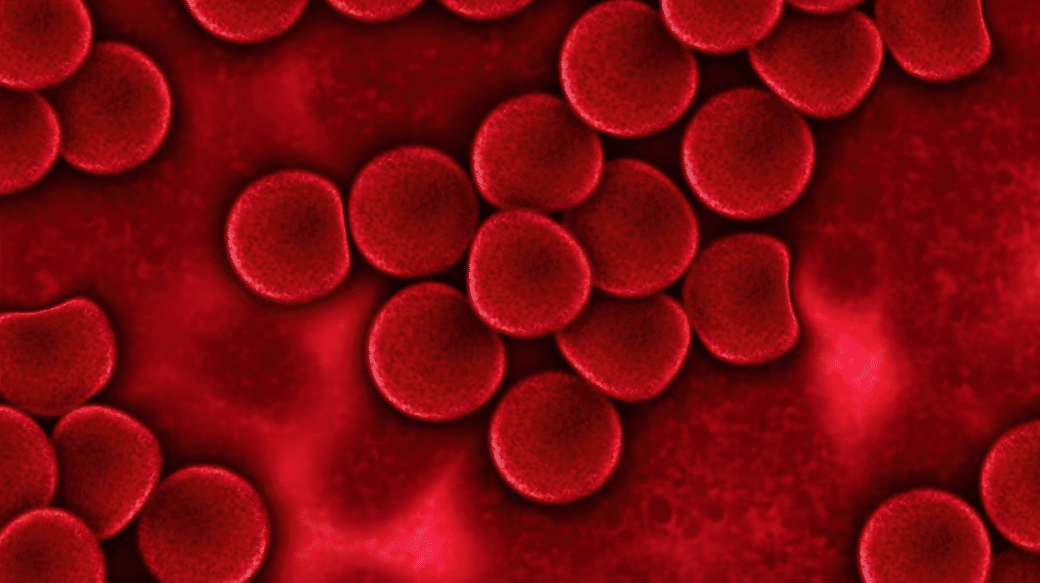There are many scenarios that involve biohazard elements and the potential of exposure to bloodborne pathogens:
- A badly-injured patient walks into the waiting room of an urgent care facility, distributing blood on every surface she touches.
- An industrial accident at your manufacturing facility traumatizes your entire staff and leads to the loss of a human life. After the removal of the body, you’re left with the task of cleaning up human blood and tissue.
- Or maybe you’ve discovered that a structure on your commercial property has been host to illicit drug use, and is littered with used needles.
You may be tempted to clean up the mess on your own but these situations require licensed and skilled technicians who are compliant with Occupational Safety and Health Administration (OSHA) regulations.
Examples of Bloodborne Pathogens
Bloodborne pathogens are diseases that are transmitted when an infected person’s blood comes in contact with a healthy human. These pathogens include, but aren’t limited to:
- Hepatitis B (HBV)
- Hepatitis C (HCV)
- Human immunodeficiency virus (HIV)
Latency periods for HIV outside the body are low, but HBV and HCV remains viable for several days.
How Can Residual Bloodborne Pathogens Infect Humans?
Infection occurs when pathogenic blood enters the human body by way of the following means:
- Needle Stick: Common among drug users, health care providers, and home health providers, infectious diseases can enter the bloodstream or contact soft tissues through accidental needle injury, or the sharing of contaminated needles among intravenous drug users.
- Open Wounds: Rashes, abrasions, or trauma-related wounds are receptive to infection through blood transmission
- Mucous Membranes and Airways: Infectious blood particles can enter the human body through respiration (nose, mouth) or by way of the eyes or genitals.
How Long Can Bloodborne Pathogens Survive On A Surface?
Traumatic injury or death causes blood to enter the environment through spattering, pooling, saturation and misting. While many bloodborne pathogens don’t remain viable for long after the trauma, others persist in substrates and on surfaces long after the traumatic event has ended.
Sometimes this is over looked, but it is just as important to have a small amount of blood to be cleaned up by professionals, such as accidental shooting situations, as it is for excess amounts, as is the case with mass disasters such as shootings and bombs.
Certain bloodborne viruses can live for days outside the body and still cause infection. Hepatitis B virus can live in dried blood for up to a week. Hepatitis C virus can survive for up to four days.” — OSHA
Even the bloodborne pathogens known to become inert after leaving the human body can survive beyond normal expectations in warm, damp, or humid environments.
Blood is a Pervasive Agent for Infectious Pathogens
Professional cleanup for infectious disease knows where to look for otherwise missed biohazards. When cleaning the scene of a traumatic accident, suicide, or death, there’s more to the scene than what you can see. Pooled blood and large droplets are easily identified, but how do you detect blood and bloodborne pathogens on the microscopic level? Bio Recovery blood cleanup protocols ensure that all bodily fluids and tissues have been removed from difficult-to-reach areas.
Climate Control Systems
Fine droplets of pathogenic blood can easily enter ductwork and filtration components. Evaporative cooling systems, humidifiers and dehumidifiers can prolong the life of bloodborne pathogens, and increase the risk of human infection.
Textiles
Textiles, furniture padding, carpet underlayment, and carpeting require the skilled use of proprietary cleaning agents and industrial drying equipment necessary to ensure bodily fluids are removed without releasing fine pathogenic particulates into the air.
Structural Surfaces
Blood may remain viable and undetected on textured, porous, or complex surfaces:
- Ceiling Tiles
- Fixtures
- Subflooring
- Drywall
- Molding and Baseboards
Residual blood and bodily fluids—and ineffective cleaning processes—also pose a risk for health issues arising from exposure to mold and bacteria. Remediation requires adherence to a comprehensive checklist designed to identify, isolate, and remove biohazardous materials from any area potentially affected by the trauma.
OSHA Bloodborne Pathogen Standard
If you’re an industrial or commercial entity, following OSHA Bloodborne Pathogen Standard guidelines for proper blood remediation is essential for you, your employees, and your customers, but it’s neither legal nor ethical to use in-house resources to remediate pathogenic bodily fluids. Without the right expertise, methods and disinfecting agents, how confident are you that you’re providing a safe, clean working environment?
In order to reduce or eliminate the hazards of occupational exposure to bloodborne pathogens, an employer must implement an exposure control plan for the worksite with details on employee protection measures. — OSHA
Bio Recovery is fully-licensed and equipped to handle bloodborne pathogens and bodily fluids at the scene of an injury, trauma, or death, whether they occur at medical facilities, commercial or industrial workplaces, public facilities or private residences.
Our services are generally billed to the property owner’s homeowners insurance, but for property owners without insurance we factor in the following:
- The size of the spill
- The type of surface material to be cleaned
- The type of biohazard and nature of the spill
- The contained or active pathogen in the spill. For example, human blood may contain Hep B bacteria and multiple pathogens can be found in larger spills
